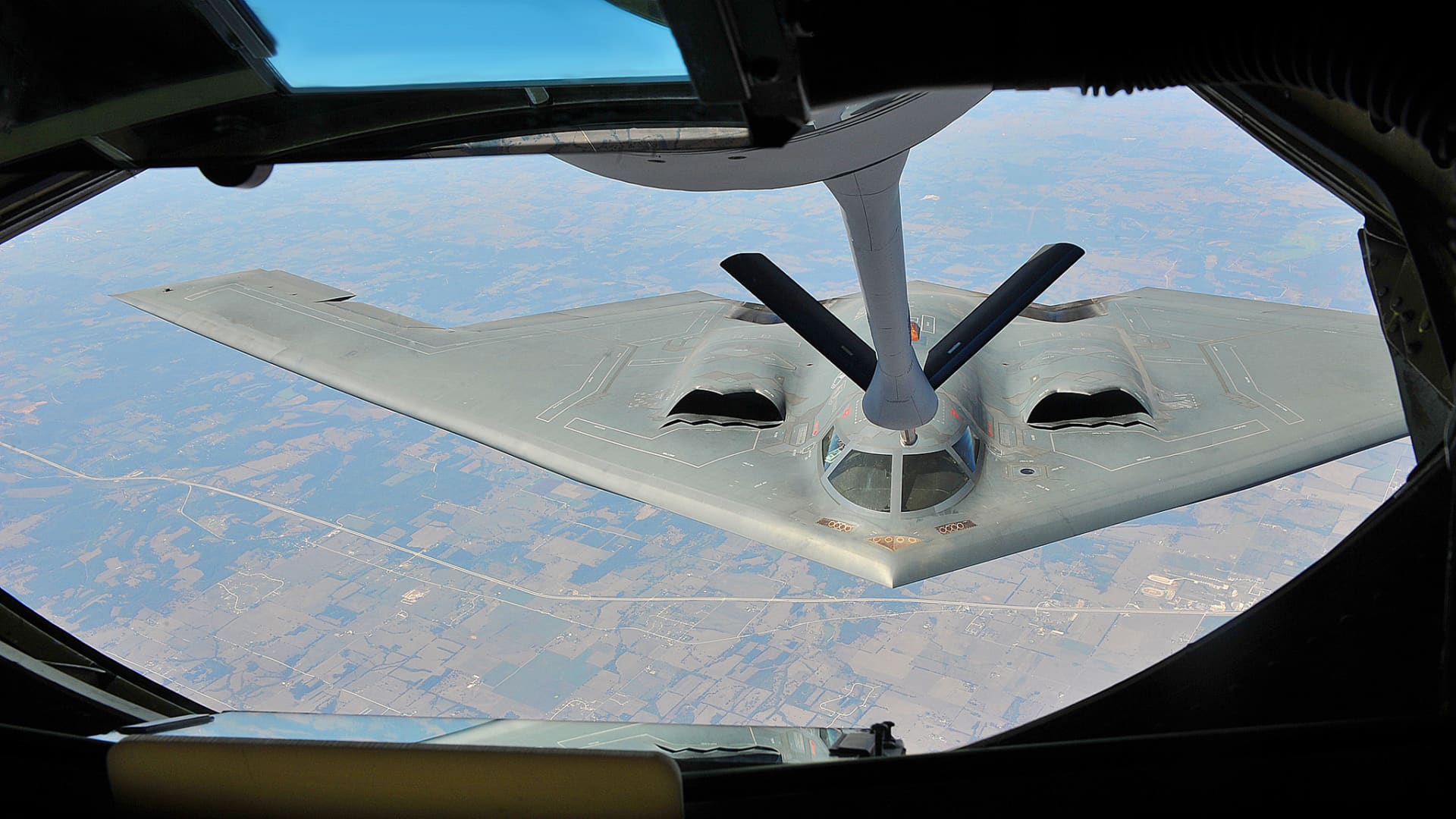The Daunting Challenge of Neutralizing Iran’s Nuclear Program
The Heart of the Problem
Iran’s nuclear program has become a powder keg, with the international community grappling to find a solution. The crux of the matter lies in the formidable defenses of Iran’s nuclear facilities, particularly the Fordow Fuel Enrichment Plant. This isn’t just a matter of political will or diplomatic finesse; it’s a complex web of military strategy, technological capability, and geopolitical consequences. To understand the challenge, one must delve into the specifics of Fordow, the weaponry required to neutralize it, and the broader implications of military action.
Fordow: The Unyielding Bastion
Nestled deep within a mountain, the Fordow Fuel Enrichment Plant is Iran’s nuclear crown jewel. Designed to withstand substantial attacks, it’s a fortress that mocks conventional weaponry. The plant’s depth and the geological layers surrounding it create an impregnable barrier. Recent strikes on other facilities, like Natanz, have shown that even with significant efforts, these sites remain largely unscathed. Fordow, being even more fortified, presents an even greater challenge.
The resilience of these facilities is not just a matter of construction but also of strategy. Iran has learned from past experiences, fortifying its sites to ensure they can withstand and survive attacks. This makes the prospect of dismantling Iran’s nuclear capabilities through military means a daunting task.
The 30,000-Pound Predicament
The GBU-57A/B Massive Ordnance Penetrator, or MOP, is the only weapon currently deemed capable of reaching Fordow. Weighing a staggering 30,000 pounds, this “bunker buster” is designed to penetrate deep into the earth, burrowing through hundreds of feet of reinforced concrete before detonating. It’s a marvel of military engineering, tailored specifically for targets like Fordow.
However, the MOP’s effectiveness is not guaranteed. Some experts suggest that multiple bombs, deployed in succession, might be necessary to ensure complete destruction. This introduces an element of uncertainty and risk, as the success of such an operation would depend on various factors, including the exact layout of the facility and the precision of the strikes.
Moreover, the MOP is a double-edged sword. While it’s powerful enough to penetrate Fordow, its use also carries significant risks. A failed attempt could not only leave Fordow intact but also provide Iran with valuable intelligence on the weaknesses of the weapon, potentially leading to improved defenses.
The Stealth Factor
Possessing the MOP is one thing; delivering it to the target is another. The bomb’s size and weight mean that only a limited number of aircraft can carry and deploy it. Currently, the U.S. Northrop B-2 Spirit stealth bomber is the only aircraft fully configured for this task. This reliance on a single platform creates a strategic bottleneck, limiting the frequency and scale of potential strikes.
The need for stealth is paramount. Iran’s sophisticated air defense systems make any non-stealth approach exceedingly dangerous. The B-2’s low observability characteristics are crucial for penetrating Iranian airspace undetected, increasing the likelihood of a successful delivery. This dependence on U.S. assets underscores the critical role America plays in any potential military action against Iran’s nuclear program.
Israel’s Strategic Dilemma
Israel, a staunch opponent of Iran’s nuclear ambitions, finds itself in a strategic bind. While it has the will, it lacks the means to deploy the MOP independently. This dependence on the U.S. significantly influences Israel’s strategic calculations. The potential for a joint U.S.-Israel operation, or U.S. provision of the necessary weaponry, remains a central point of discussion.
Israel’s strategic considerations go beyond just the military aspect. The timing of any potential strike is also a key factor. Reports suggest a window of opportunity in May if diplomatic efforts fail to yield a new nuclear agreement. However, this window is not just about the readiness of the weaponry but also about the geopolitical landscape, which is as volatile as ever.
The Geopolitical Minefield
The prospect of military action against Iran’s nuclear program is fraught with geopolitical risks. Any strike could escalate tensions in the region, potentially triggering a wider conflict involving multiple actors. Iran has repeatedly warned of retaliatory measures, raising concerns about attacks on U.S. forces and allies in the Middle East.
Furthermore, even a successful strike against Fordow might not entirely eliminate Iran’s nuclear capabilities. Iran could potentially rebuild its enrichment program at other, less accessible locations. The destruction of Fordow could also harden Iran’s resolve to pursue nuclear weapons, potentially leading to a more aggressive and clandestine program.
The potential for regional instability and the long-term consequences of military action must be carefully weighed against the perceived threat of an Iranian nuclear weapon. This is not just a matter of military strategy but also of diplomacy, with the potential for escalation looming large.
The Road Ahead
The situation surrounding Iran’s nuclear program remains highly volatile. The combination of a heavily fortified facility like Fordow, the limited availability of effective weaponry like the GBU-57, and the complex geopolitical landscape creates a precarious balance. While the U.S. possesses the means to potentially neutralize Iran’s most protected nuclear site, the decision to employ such force carries significant risks and uncertainties.
The future of Iran’s nuclear program hinges on a delicate interplay of diplomacy, military strategy, and regional dynamics. The international community must navigate this minefield carefully, balancing the need to prevent Iran from acquiring a nuclear weapon with the risks of military action. The road ahead is fraught with challenges, but it’s a path that must be tread with caution, foresight, and a deep understanding of the stakes involved. The world watches, hoping that wisdom will prevail over brinkmanship, and that a peaceful resolution can be found.











